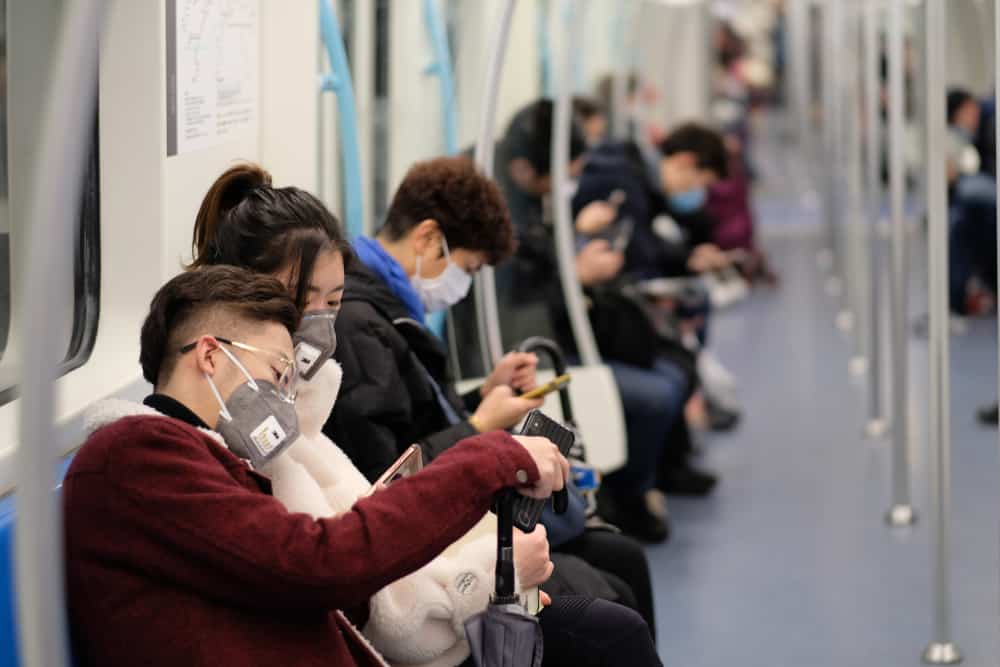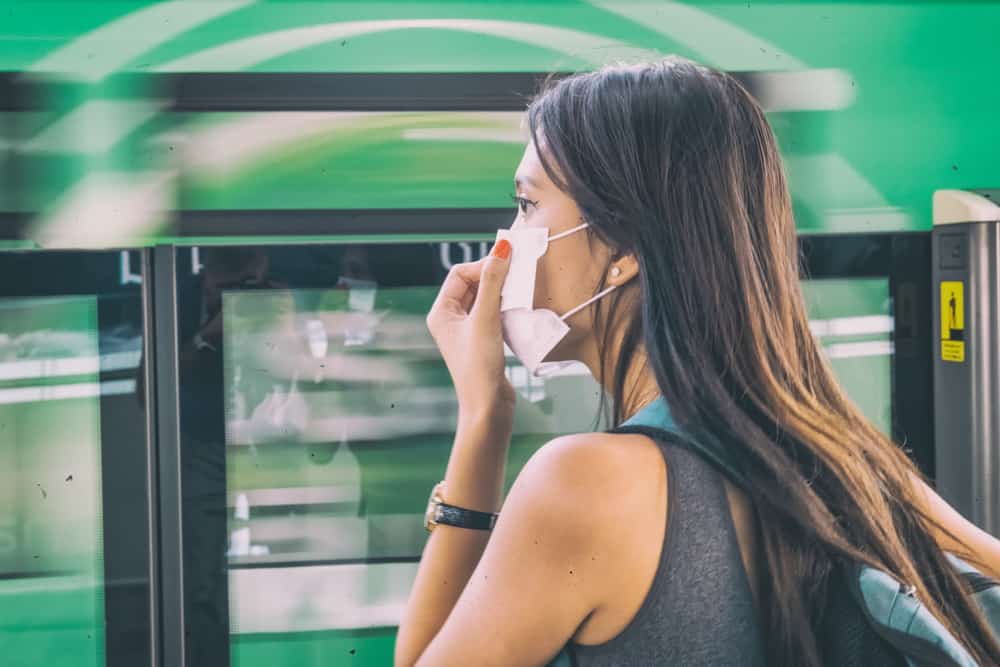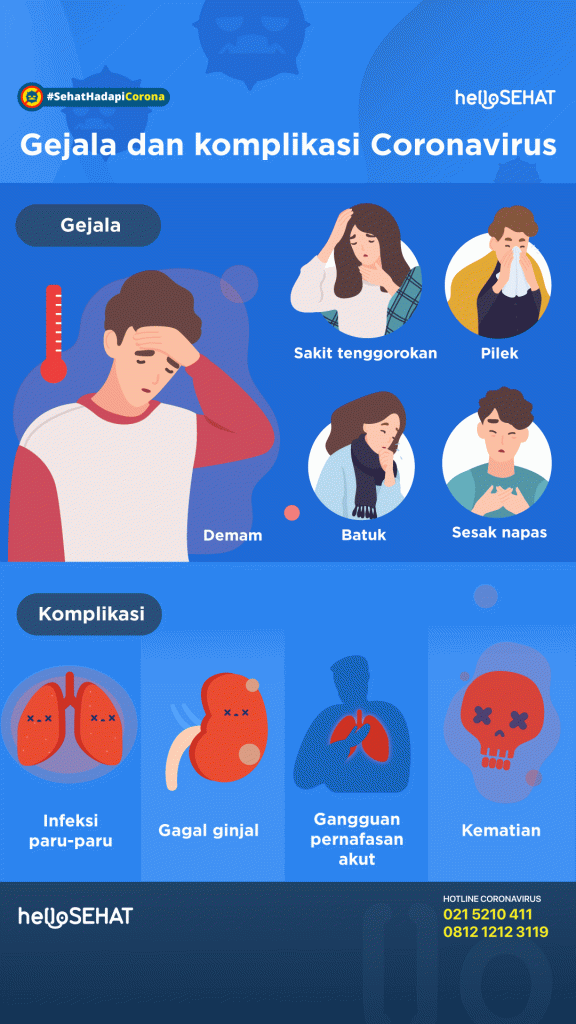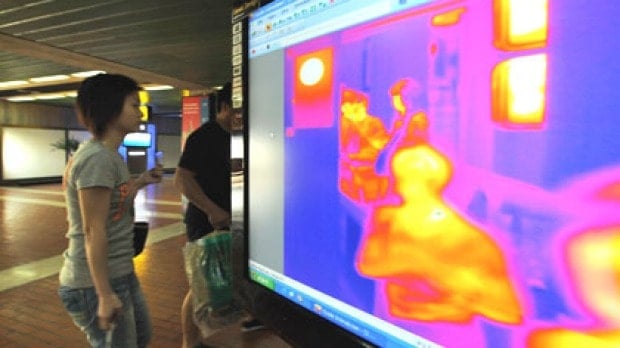Beware, Coronavirus COVID-19 Can Be Contagious Without Symptoms

Read all articles about coronavirus (COVID-19) here.
The Minister of China’s National Health Commission, Ma Xiaowei, said that a person can become infected COVID-19without showing symptoms. This was conveyed in a press conference on Sunday (27/1). According to him, infected people may have spread the virus without knowing it.
COVID-19 which is now spreading around the world has infected more than one million people and resulted in tens of thousands of people died. Without specific symptoms, it is feared that the spread of the virus will be more widespread.
Silent carrier more dangerous
Along with the increasing number of positive cases of patients infected with COVID-19, WHO also declared the spread of this virus as a pandemic. Of the many cases reported, it turned out that some positive cases also occurred in patients who did not show symptoms.
In fact, it is possible that there are still a large number of cases that go undetected. This of course makes many people start to worry that many people around or themselves actually have the virus but don’t feel the symptoms of the disease.
These people are known by name silent carrier. Most of the silent carrier had no symptoms when undergoing the test, but gradually began to show symptoms after a few days afterward.
There are also those who feel the symptoms of a mild infection and leave it because they feel that they are still fine and not sick enough to seek medical help. Moreover, most of them pass the general screening such as checking body temperature.
Later, they can unconsciously transmit the virus to people who are close or in frequent contact. If this has happened, then the groups most at risk such as the elderly or people with other diseases will be the groups most affected.
How can COVID-19 be transmitted without symptoms?

Researchers from various parts of the world are still trying to understand the transmission of COVID-19, especially related to the symptoms it causes. The reason is, this infection with the virus coded 2021-nCoV has symptoms similar to other respiratory disorders.
At the beginning of its appearance, health workers considered the virus that causes COVID-19 to be airborne which spreads in the air. However, after making such observations, WHO also announced that the spread of the virus occurs through tiny droplets that come out of the mouth or nose of an infected person while talking, coughing or sneezing.
There is no difference in the transmission scheme of COVID-19 between people who show symptoms and those without symptoms. The two most common transmissions are transmission between humans and transmission from objects that have been contaminated with the virus.
Human-to-human transmission can occur if a person comes into contact with or is near an infected person less than 2 meters away. The droplets that come out can land on the skin, nose or mouth area, or can be inhaled into the lungs.
Meanwhile, transmission from objects occurs when a person touches the surface of an object that has been exposed to the virus. However, transmission is not a common mode of transmission.
COVID-19 infection is not really a disease without symptoms. From observations of hundreds of patients, the Centers for Disease Control and Prevention (CDC) has reported quite a variety of symptoms, including fever, cough, and shortness of breath.

Body temperature is an indicator of examinations in public places

Health authorities in a number of countries are now using fever symptoms as indicators when conducting checks at the entrance of the country. Visitors who have heat exceeding 38 degrees Celsius will find it Health Alert Card and undergo further examination.
Although it is effective in preventing transmission of the virus, this method still has its drawbacks. The virus that causes COVID-19the same as other viruses that have an incubation period. The incubation period is the time from when a person is infected until the first symptoms appear.
The CDC believes in COVID-19 has an incubation period of 2-14 days. During the incubation period, infected people will appear asymptomatic. They may go about their normal activities without realizing that their body is carrying the virus.
Transmission is easier to prevent if the new virus spreads after symptoms appear. This is what happened to the plague Severe Acute Respiratory Syndrome (SARS) in 2003. Before the virus has spread, medical personnel can detect it because the patient experiences a collection of symptoms.
Conversely, there are also diseases that can be transmitted during the incubation period, including flu, smallpox, and possibly novel coronavirus infection. In such cases, even asymptomatic patients may have spread the virus to many people at once.
How to anticipate COVID-19

After knowing how fast and easy it is to spread the virus that causes COVID-19, anticipatory efforts to protect yourself and those closest to you must be made.
Until now, no vaccine has been found to prevent transmission novel coronavirus. In order to anticipate COVID-19that can be transmitted from carrier without symptoms, you can take preventive measures in the following ways:
- Wash your hands regularly with soap and water, for at least 20 seconds.
- Avoiding close contact with people who are sick or showing symptoms.
- Do not touch your eyes, nose and mouth without washing your hands.
- Use a mask when living in a risky area.
- Cover your mouth with your inner arm or a tissue when sneezing and coughing. Immediately throw away the used tissue in the trash.
- Stay home when you are sick.
- Clean frequently touched items.
COVID-19 infectionmay appear without symptoms, but this disease actually has a negative impact on the body of the sufferer. If you feel you have symptoms of infection or have traveled to an area affected by this outbreak, immediately consult a hospital for further tests.
Hello Health Group does not provide medical advice, diagnosis or treatment.
China virus spreads before symptoms show. (2020). Retrieved 27 January 2021, from https://www.bbc.com/news/world-asia-china-51254523
Coronavirus Disease 2021 (COVID-19) – Transmission. (2020). Retrieved 6 April 2021, from https://www.cdc.gov/coronavirus/2019-ncov/prevent-getting-sick/how-covid-spreads.html?CDC_AA_refVal=https%3A%2F%2Fwww.cdc.gov% 2Fcoronavirus% 2F2019-ncov% 2Fprepare% 2Ftransmission.html
Julia Naftulin, B. (2020). Wuhan Coronavirus Can Be Infectious Before People Show Symptoms, Official Claims. Retrieved 27 January 2021, from https://www.sciencealert.com/wuhan-coronavirus-can-be-infectious-before-people-show-symptoms-official-claims
Elizabeth Cohen, C. (2020). China says coronavirus can spread before symptoms show – calling into question US containment strategy. Retrieved 27 January 2021, from https://edition.cnn.com/2020/01/26/health/coronavirus-spread-symptoms-chinese-officials/index.html
Symptoms of Novel Coronavirus (2019-nCoV) | CDC. (2020). Retrieved 27 January 2021, from https://www.cdc.gov/coronavirus/2019-ncov/about/symptoms.html
Prevention, Treatment of Novel Coronavirus (2019-nCoV) | CDC. (2020). Retrieved 27 January 2021, from https://www.cdc.gov/coronavirus/2019-ncov/about/prevention-treatment.html